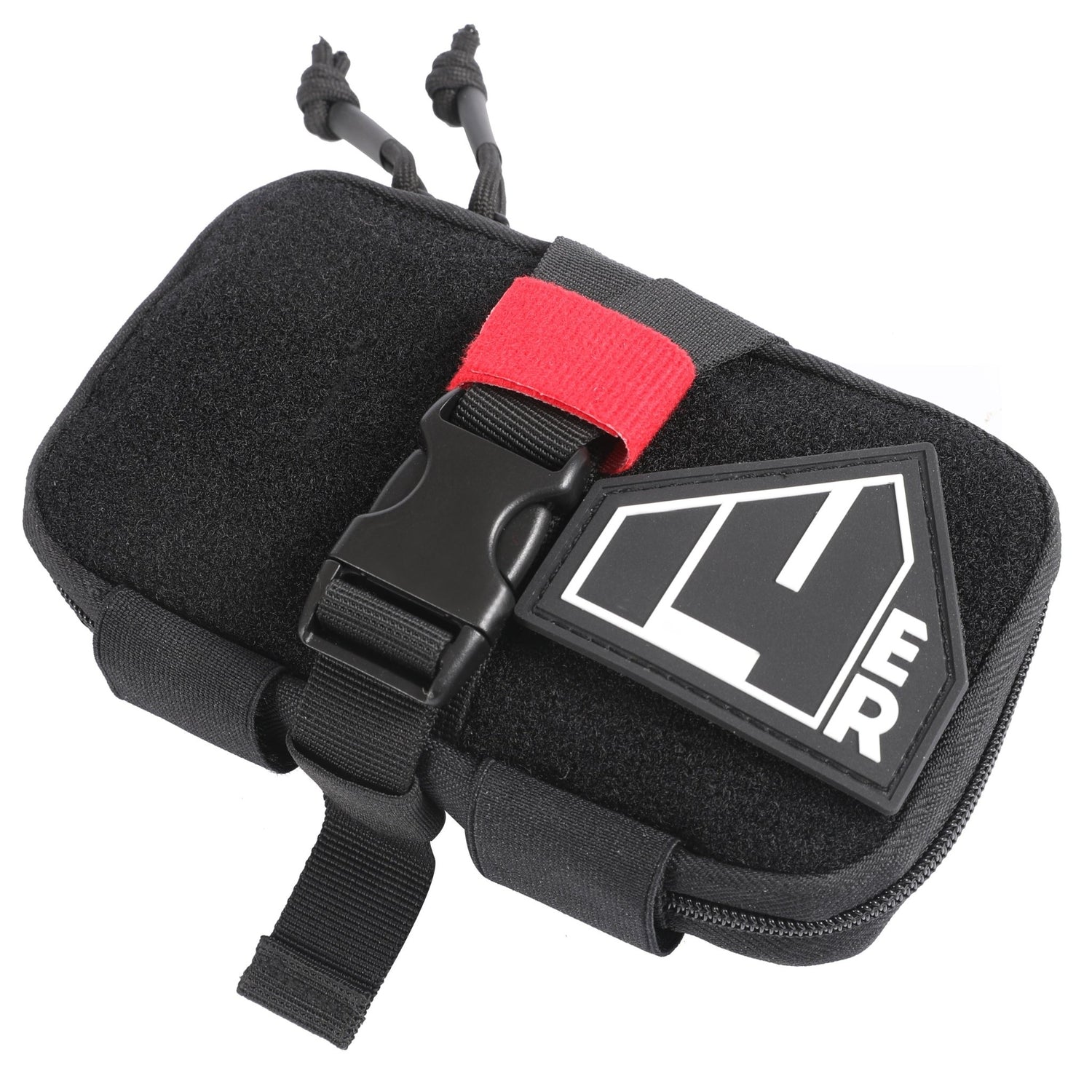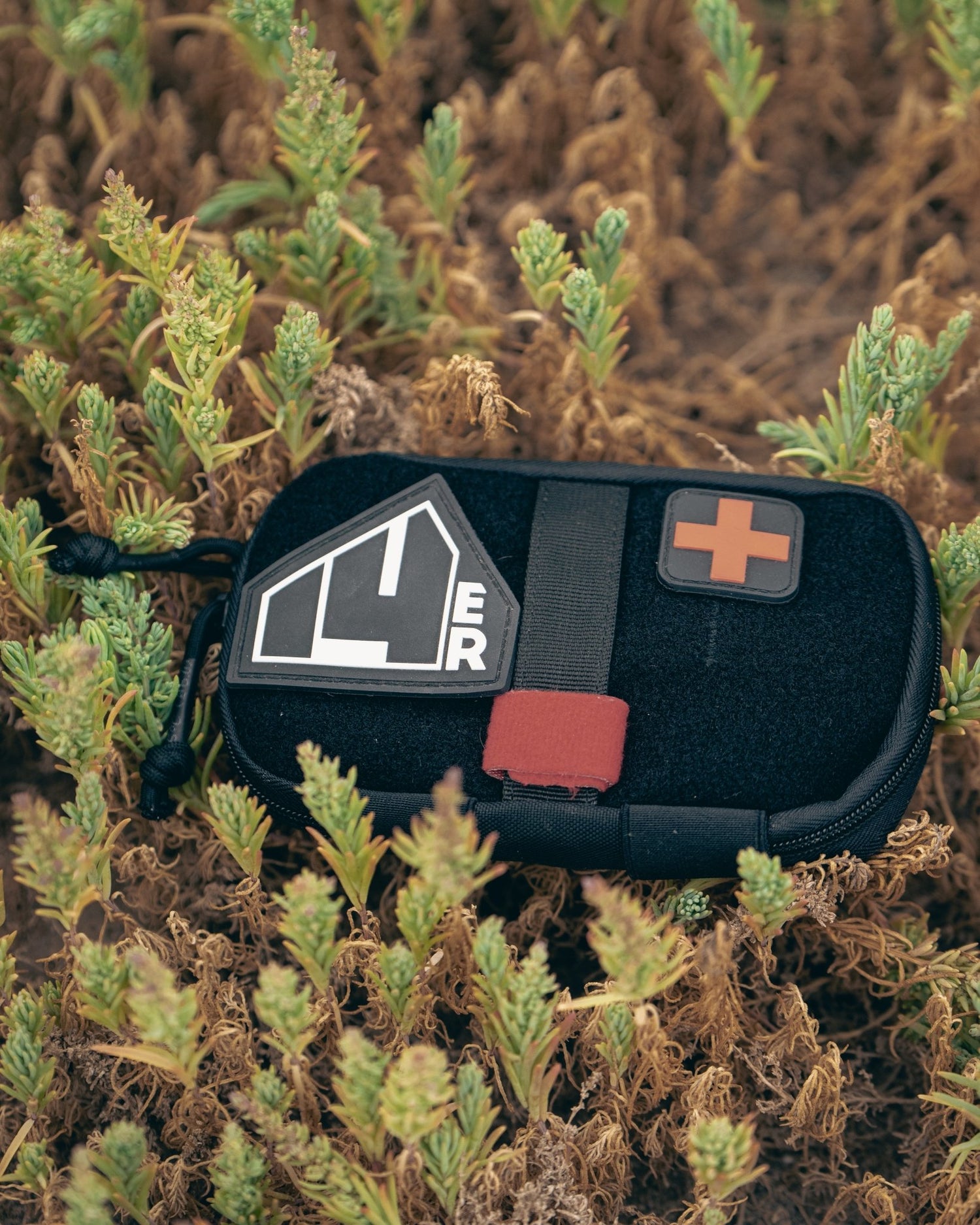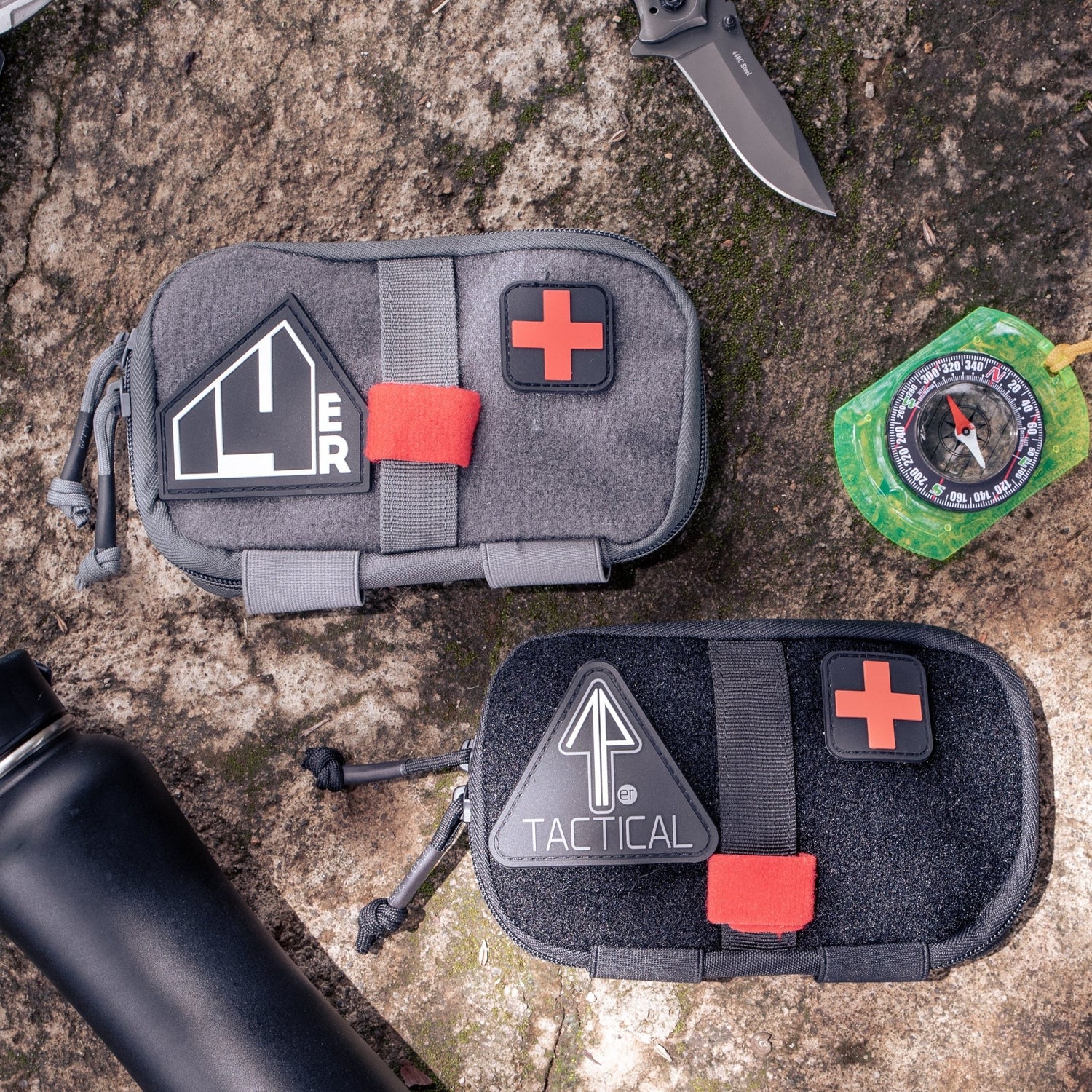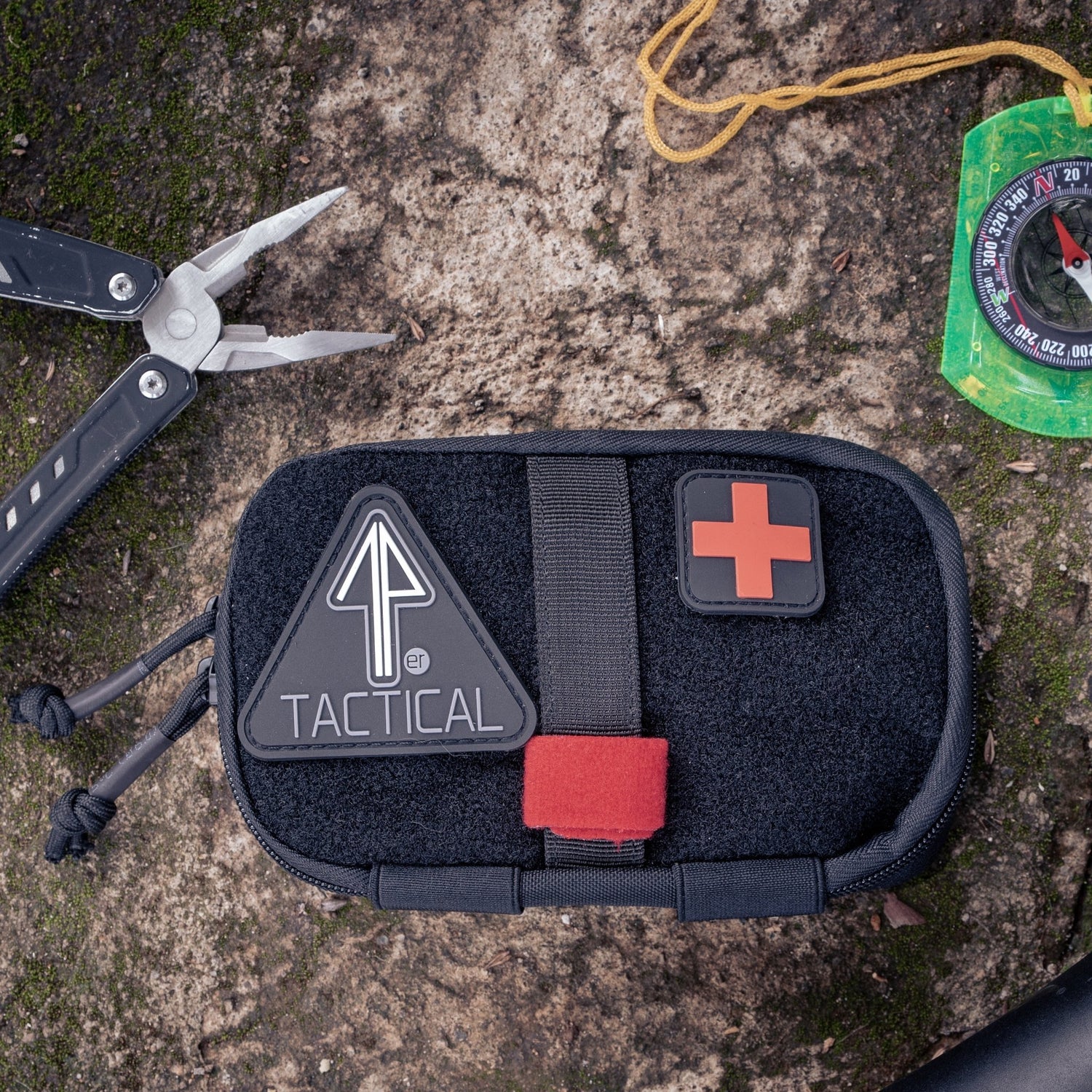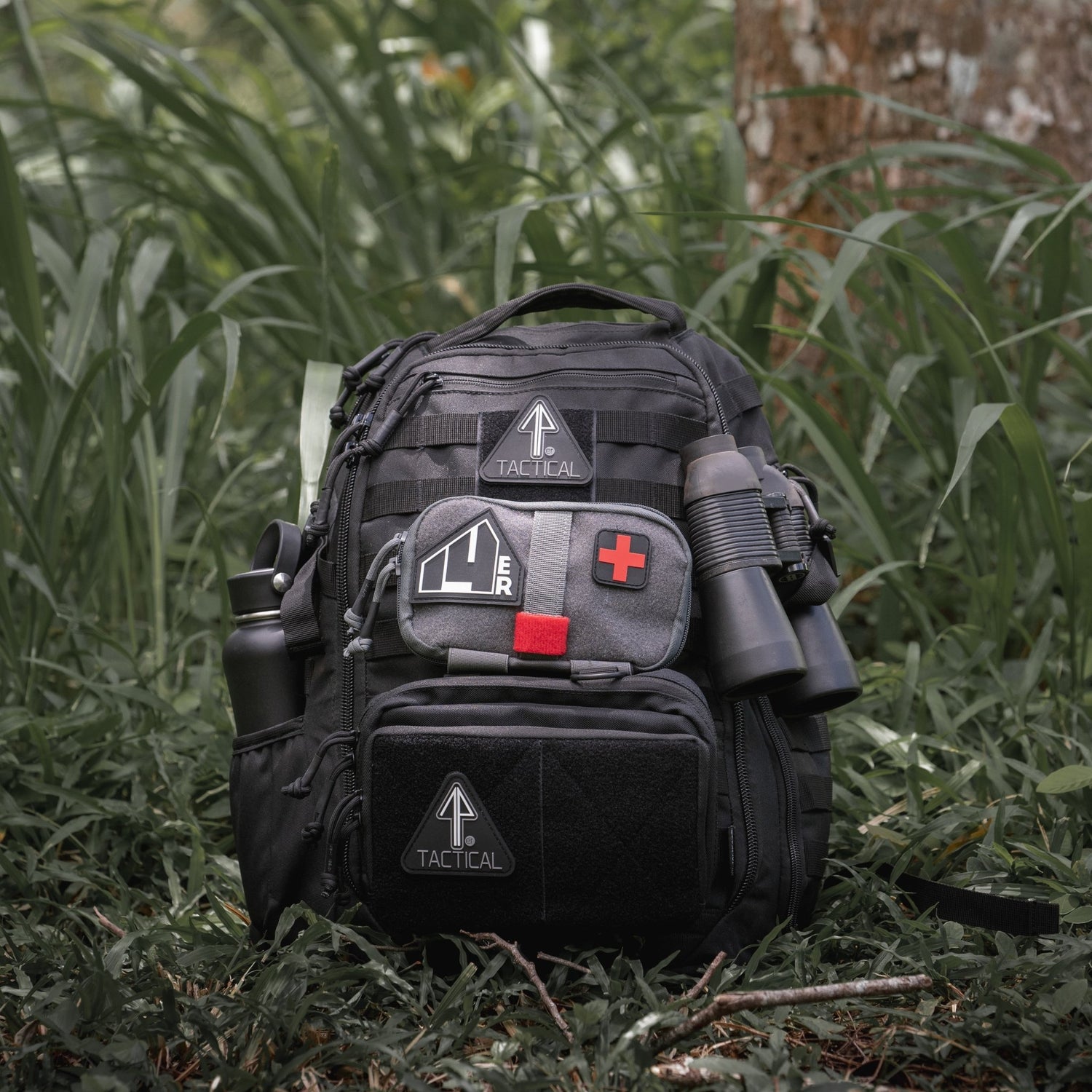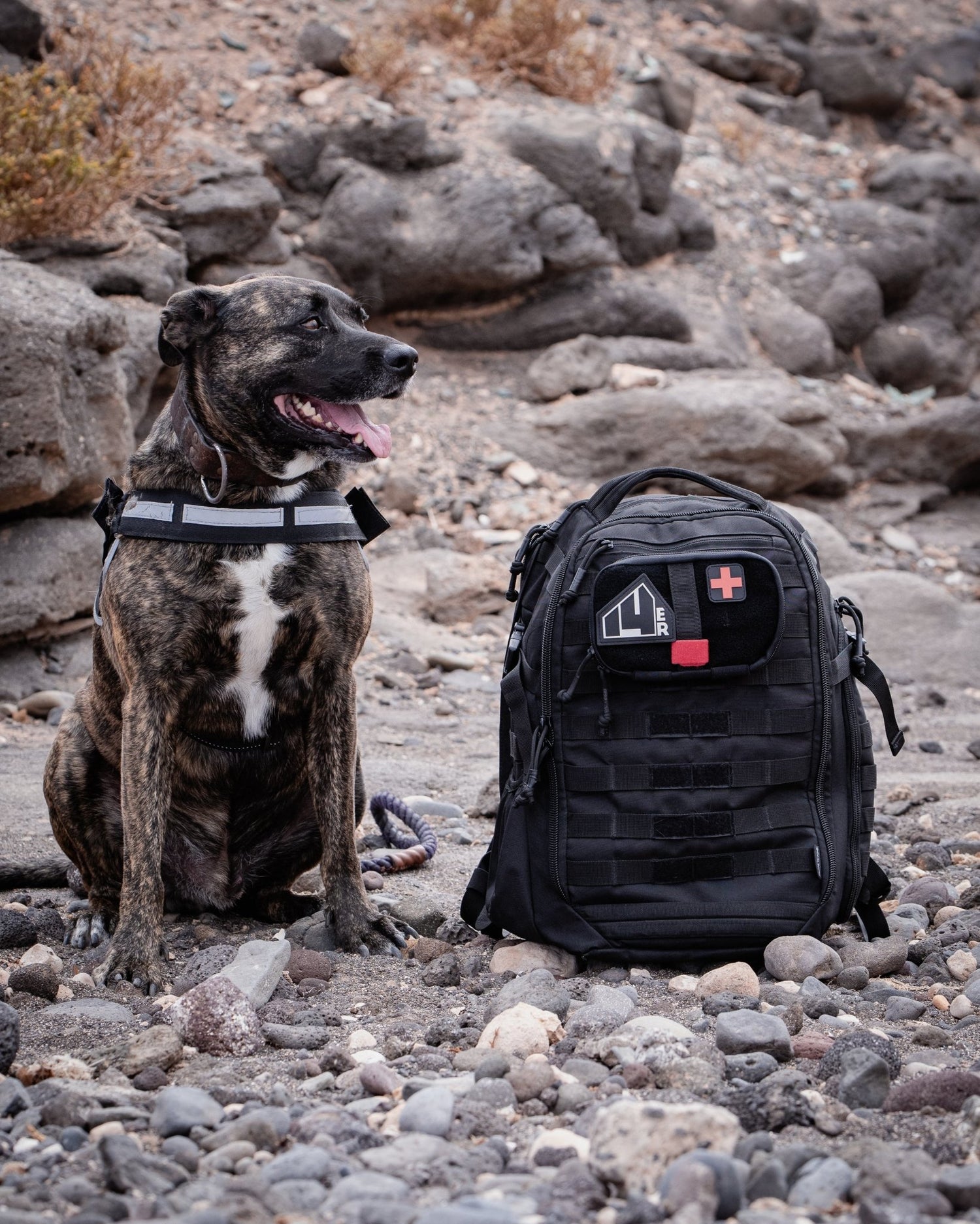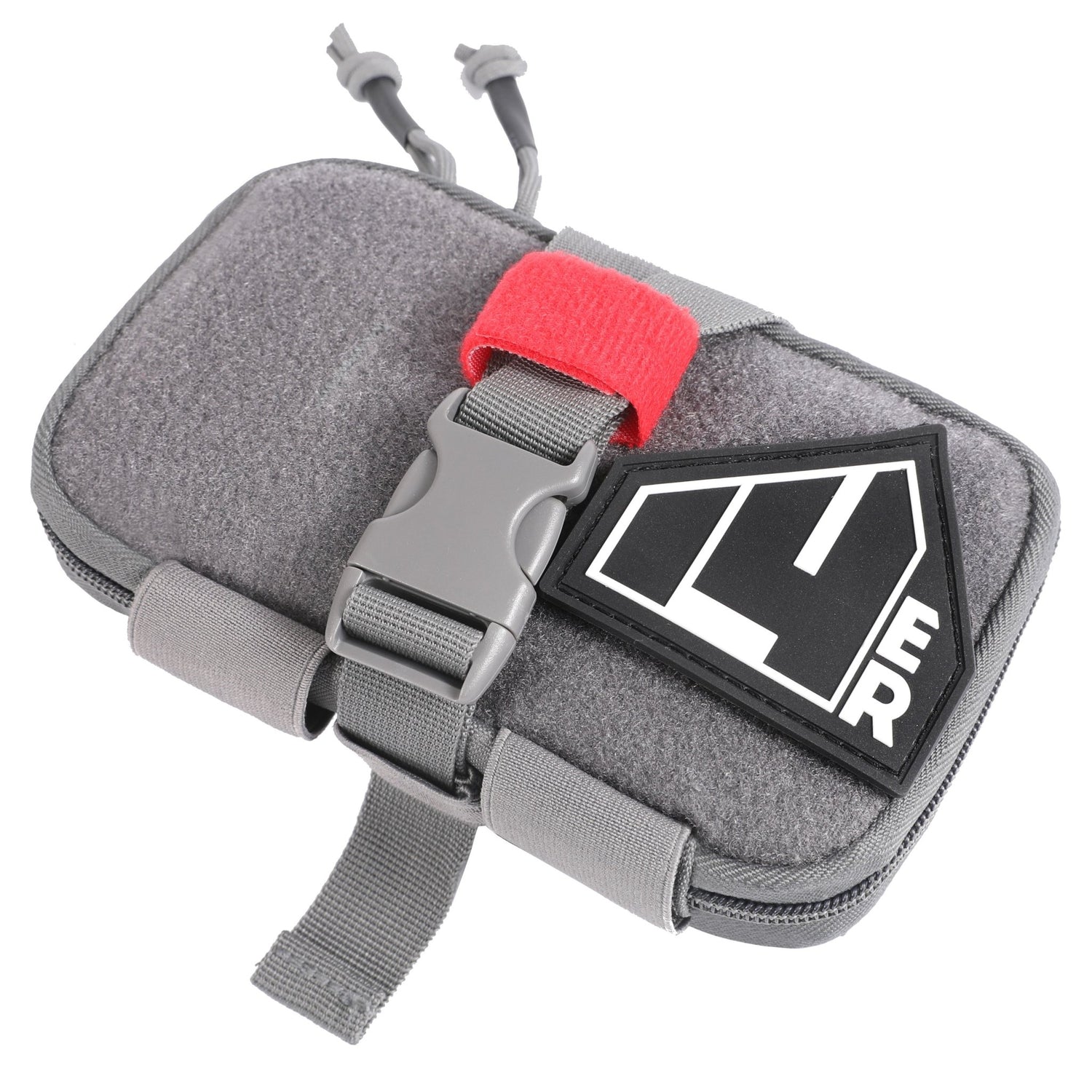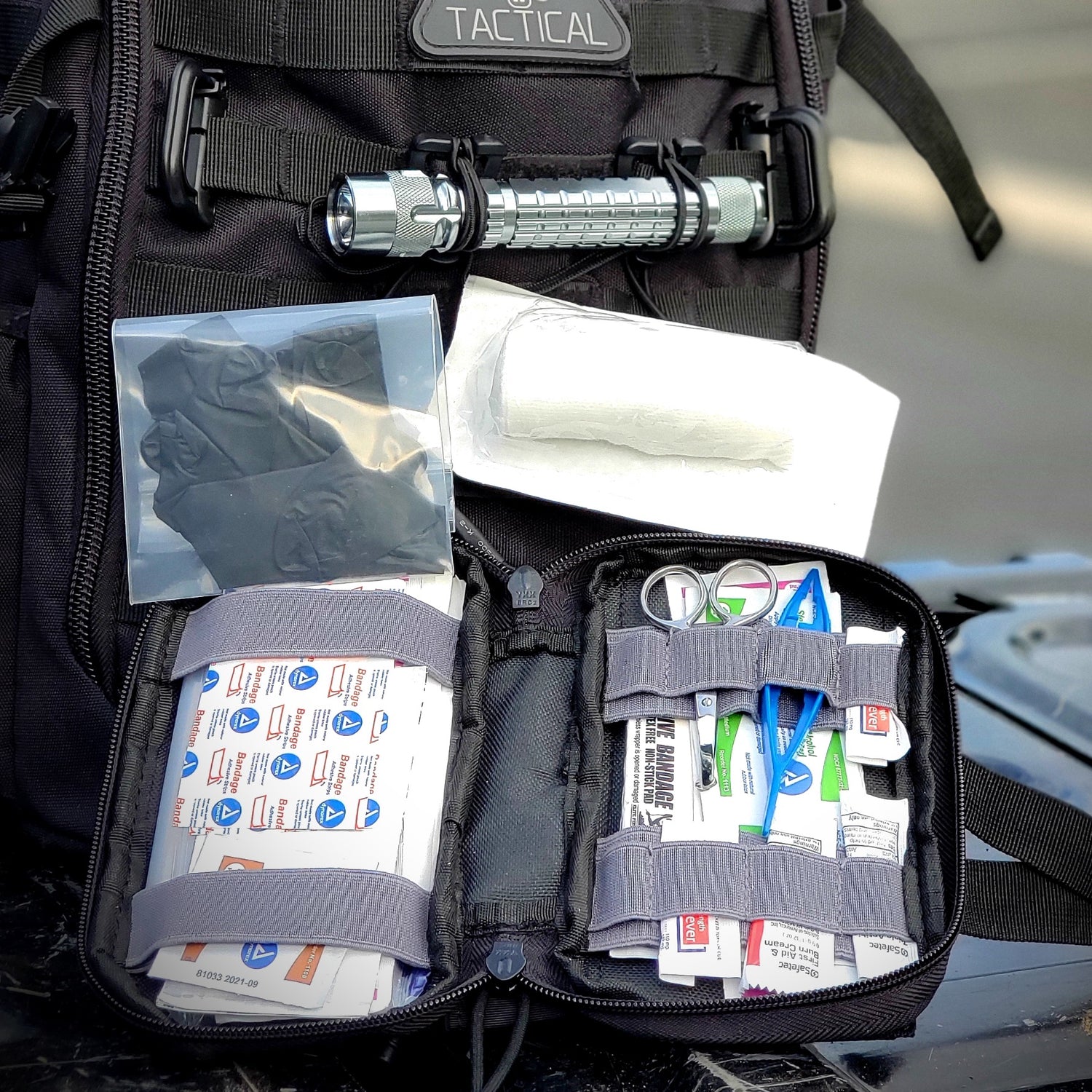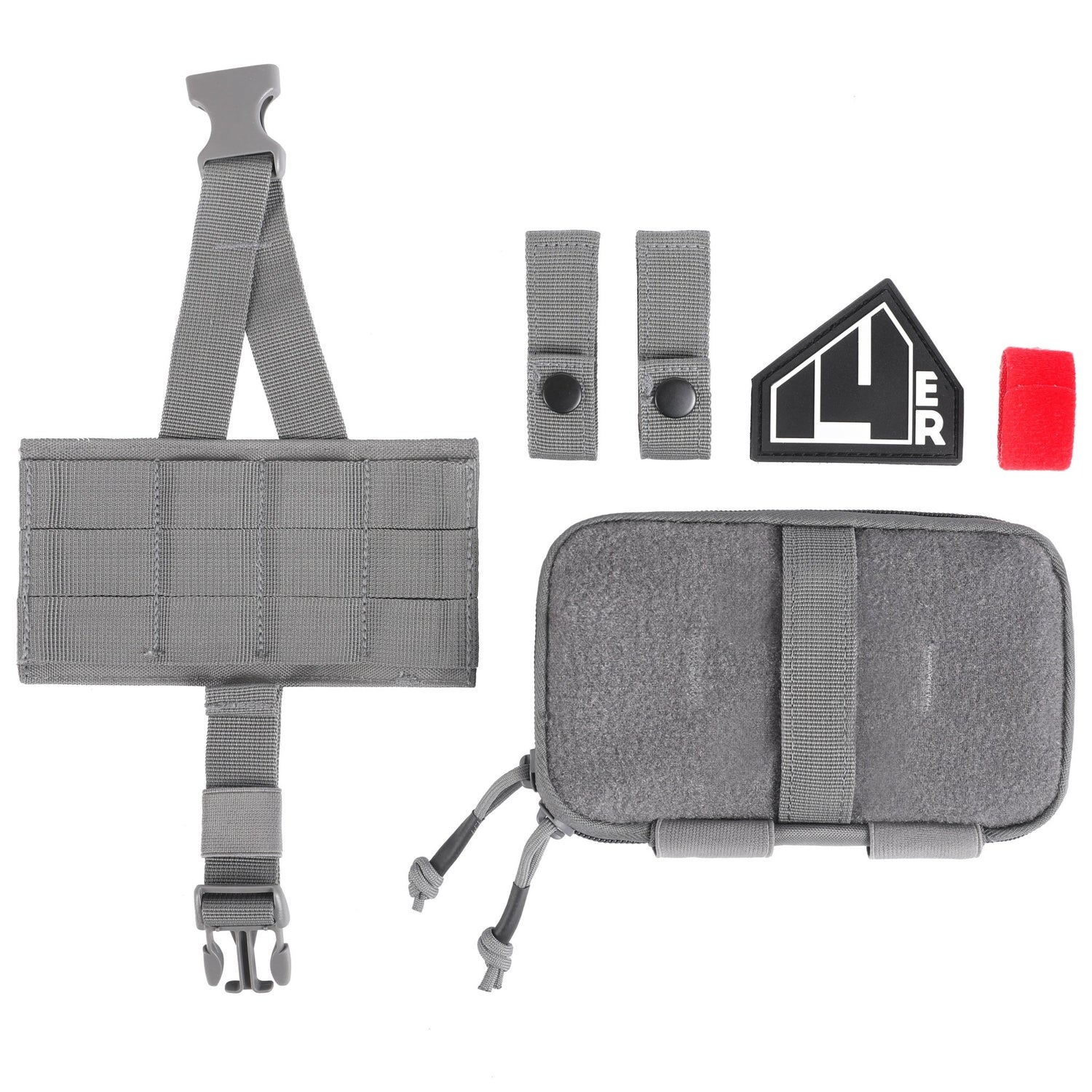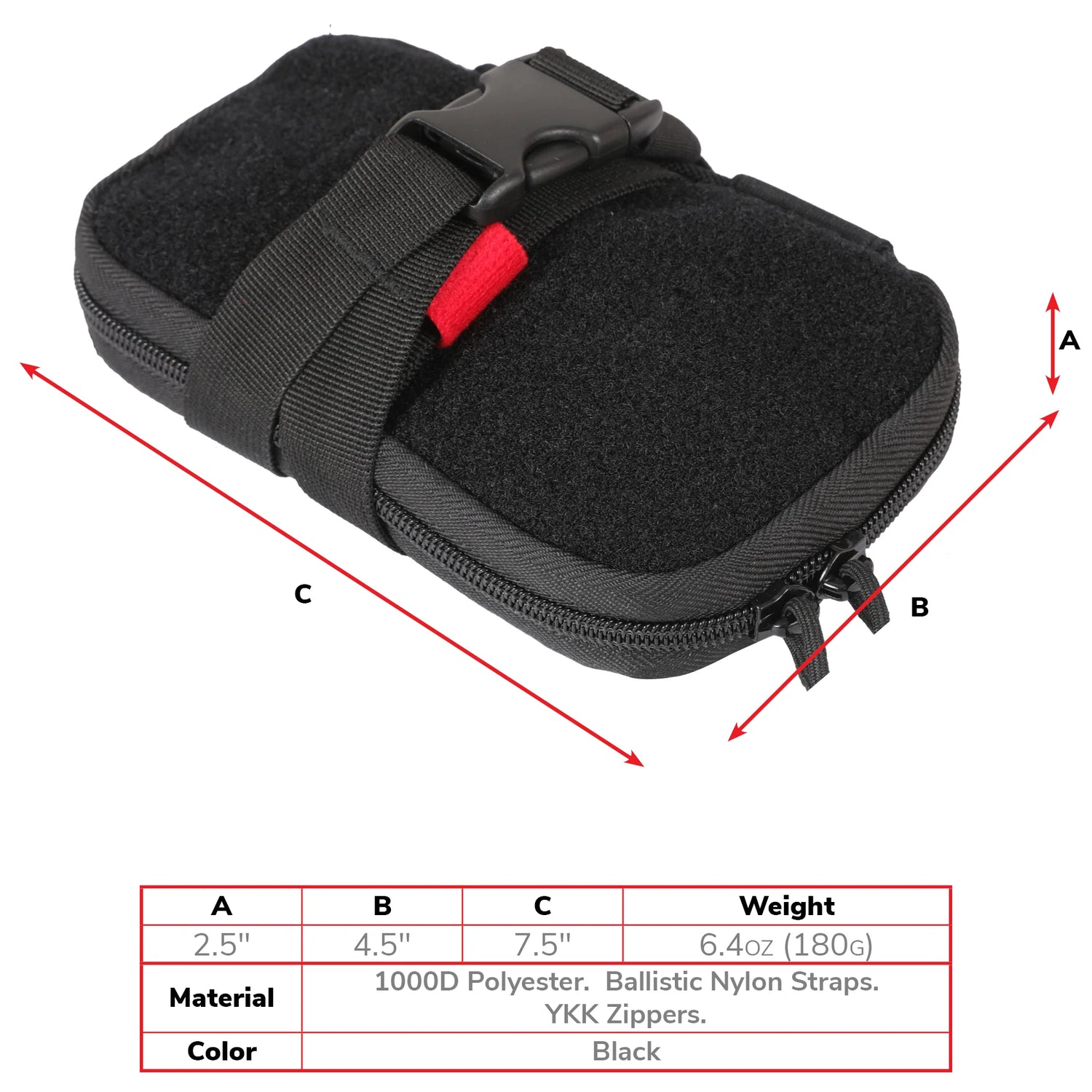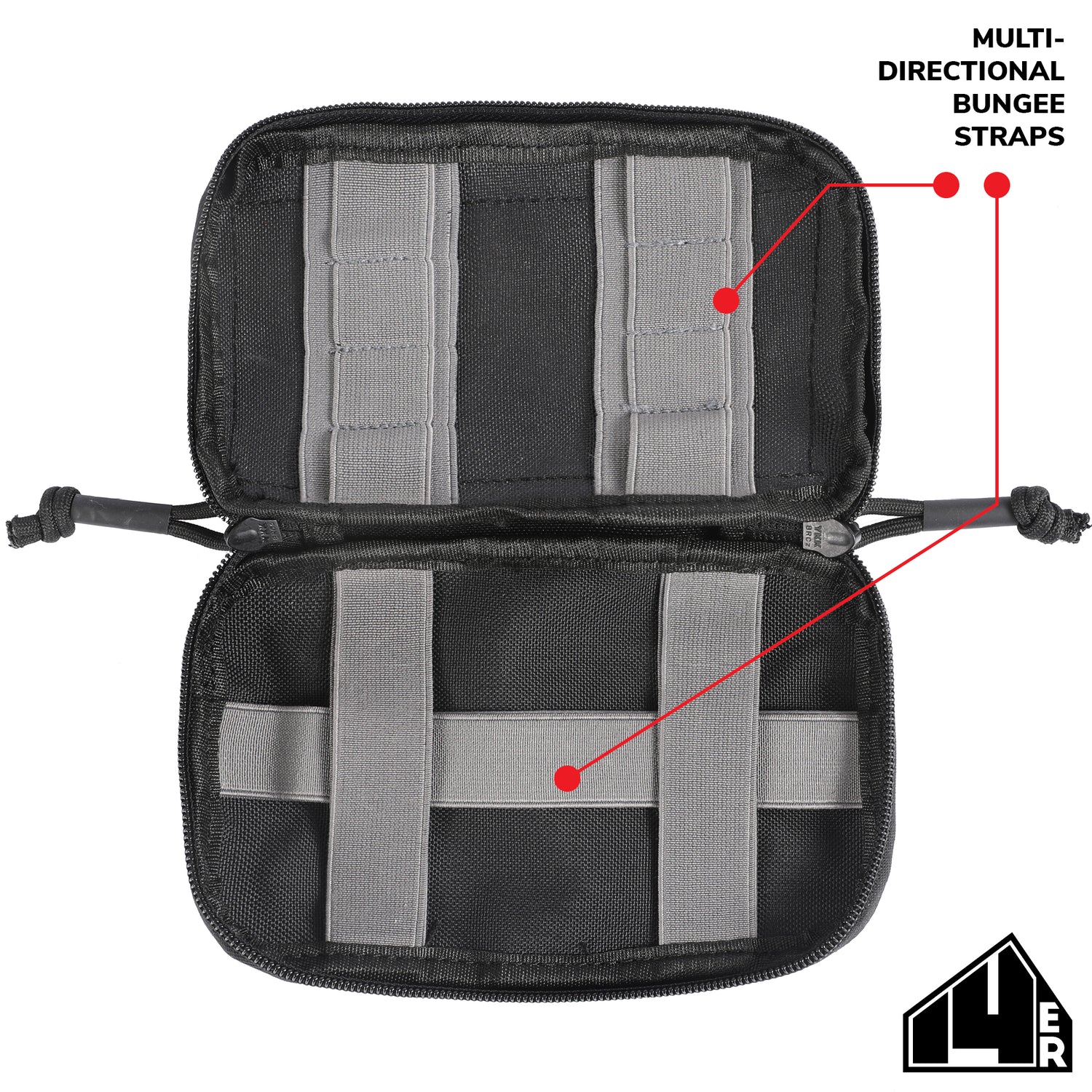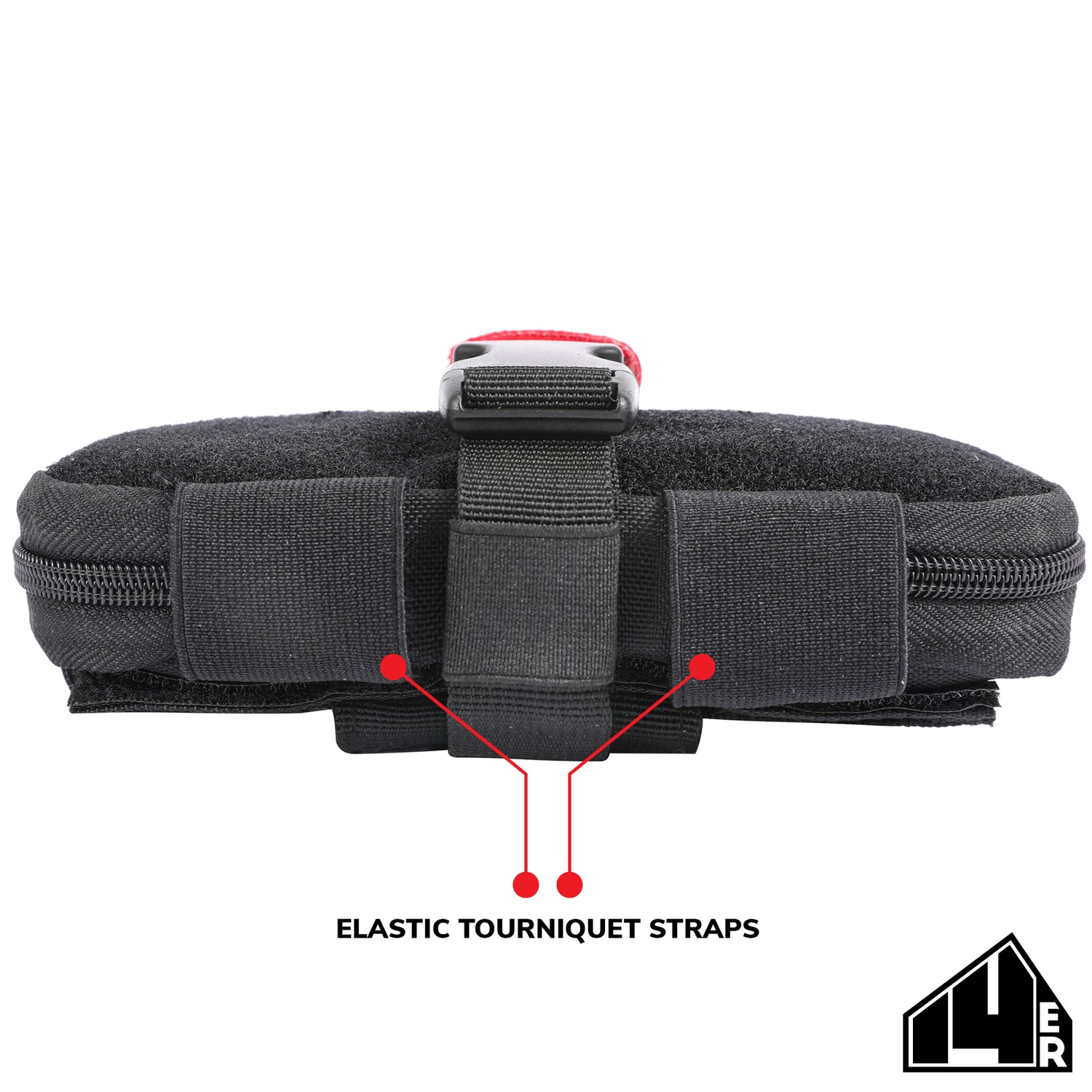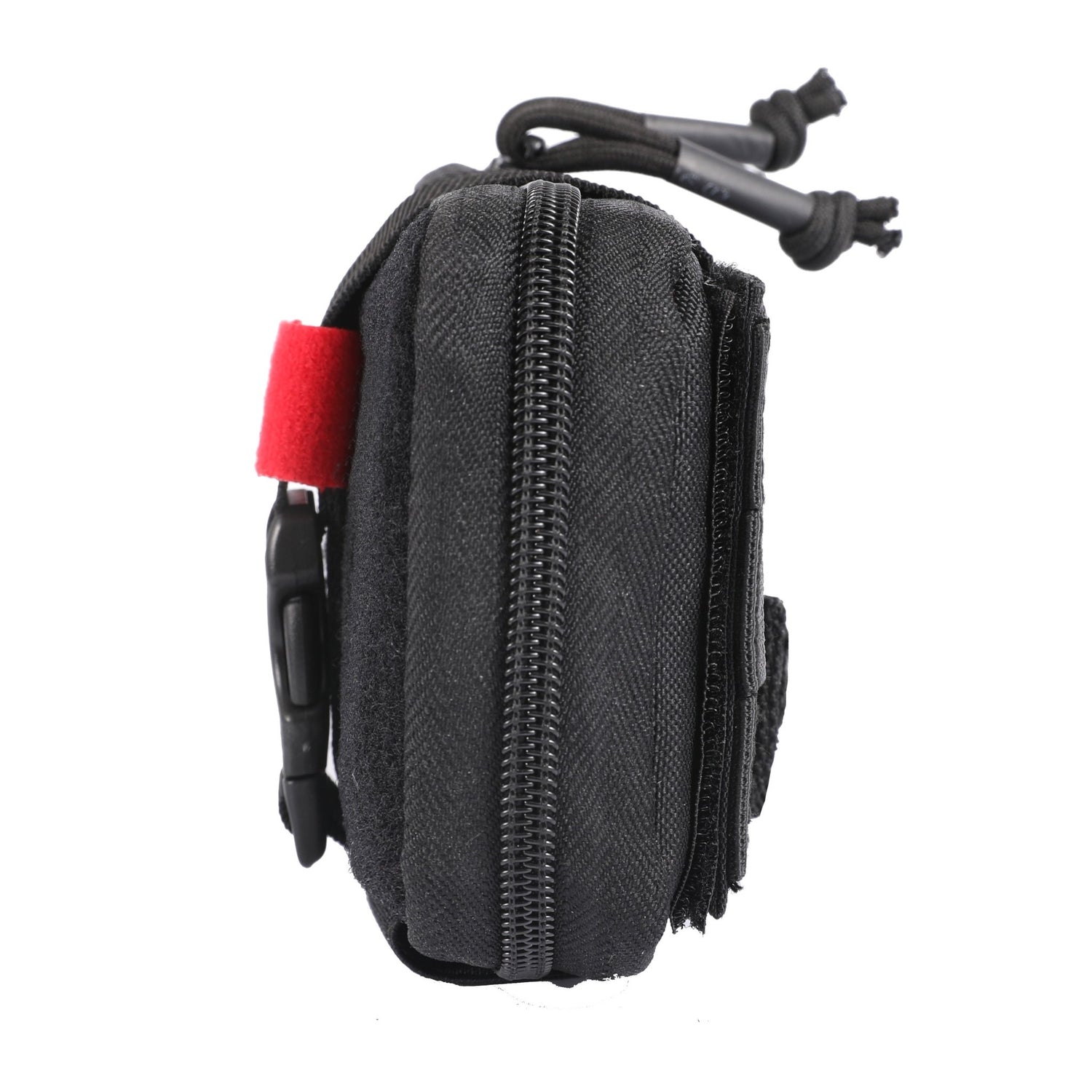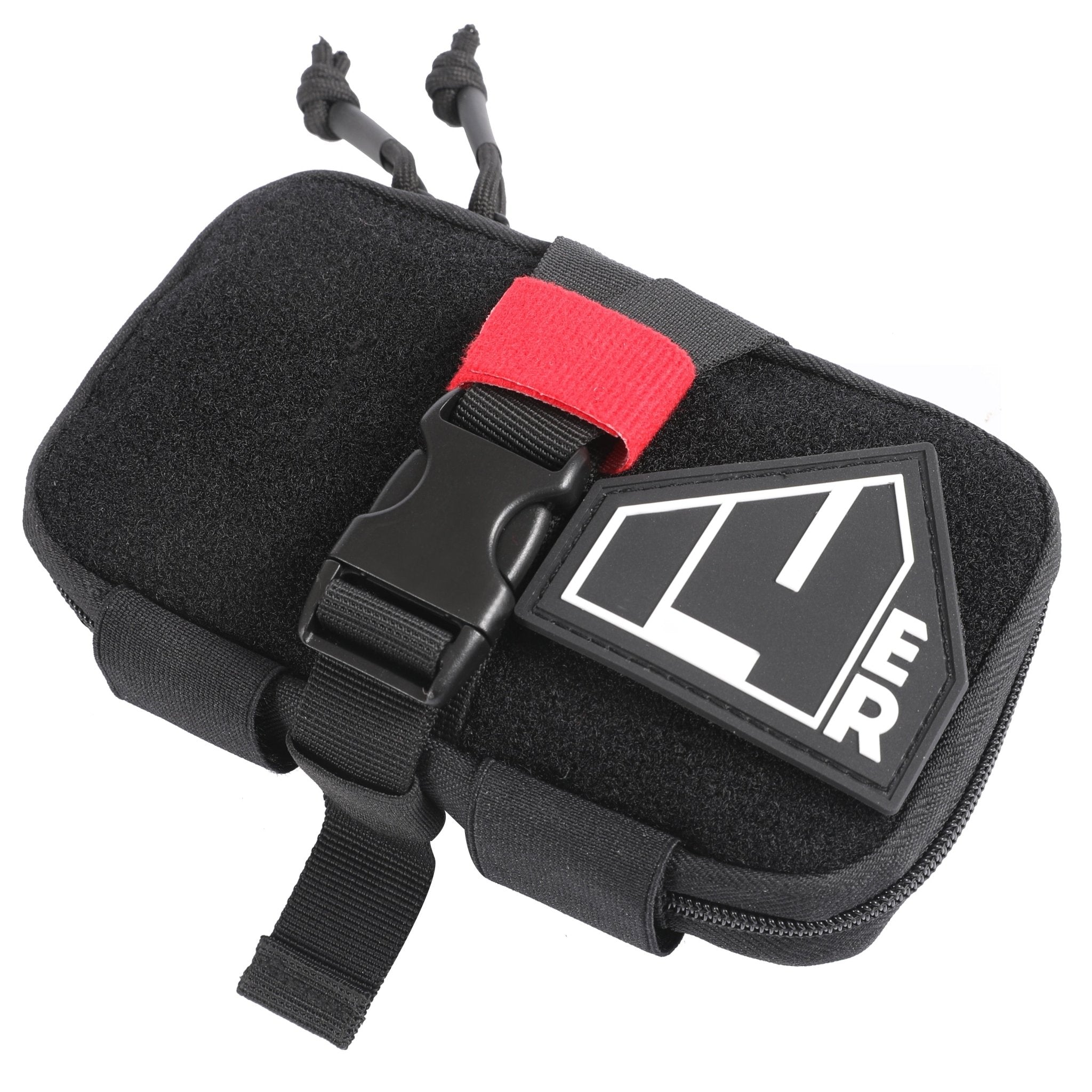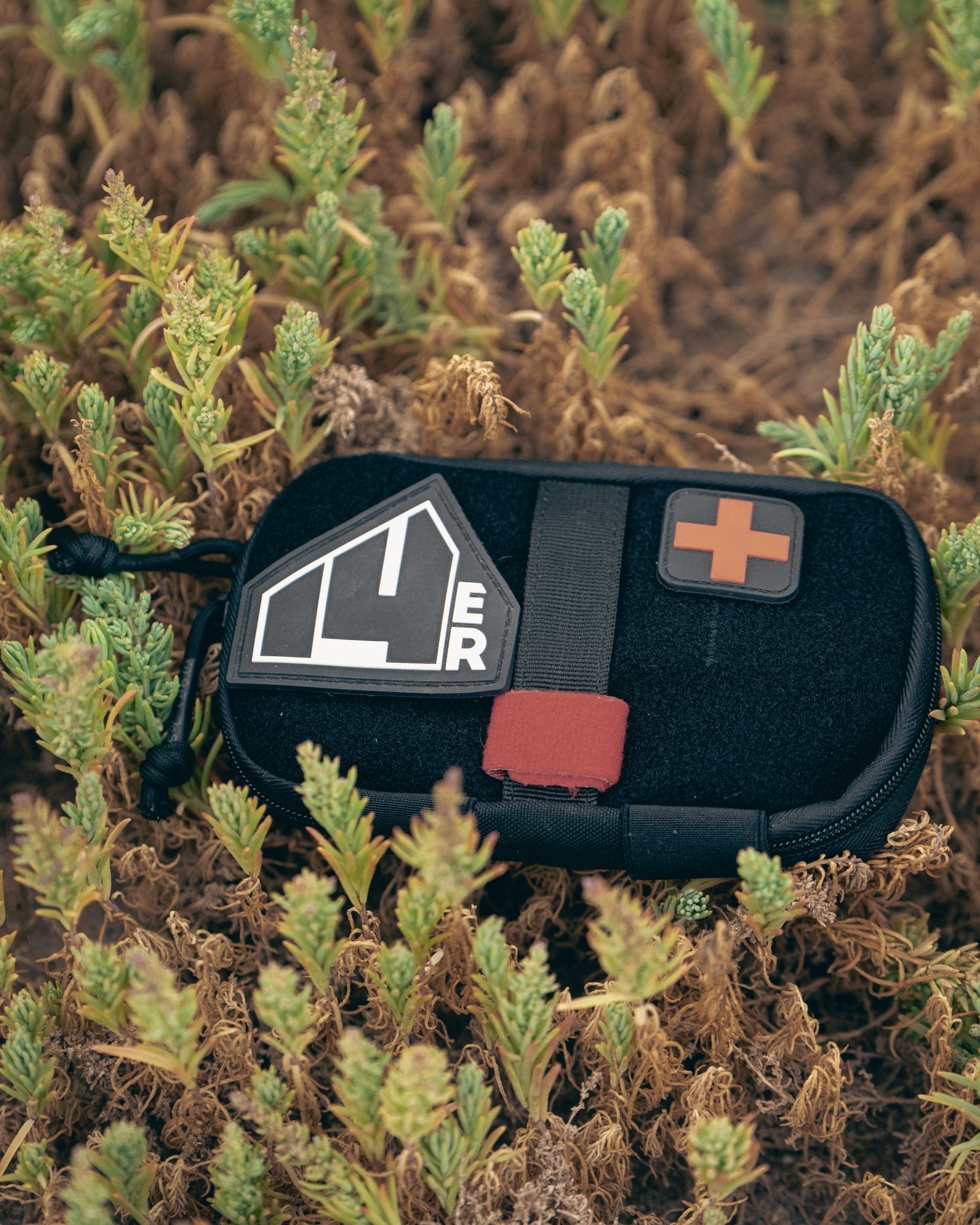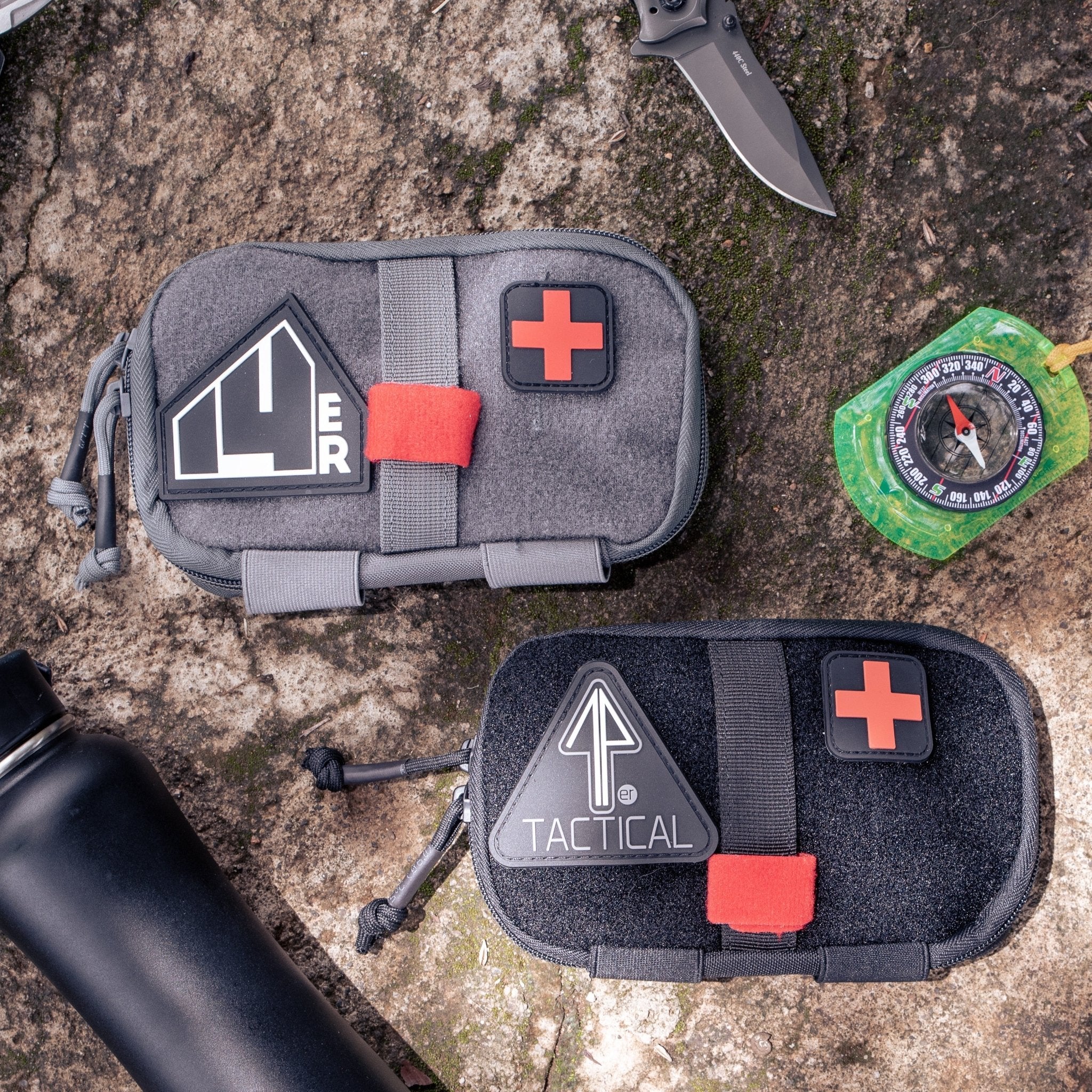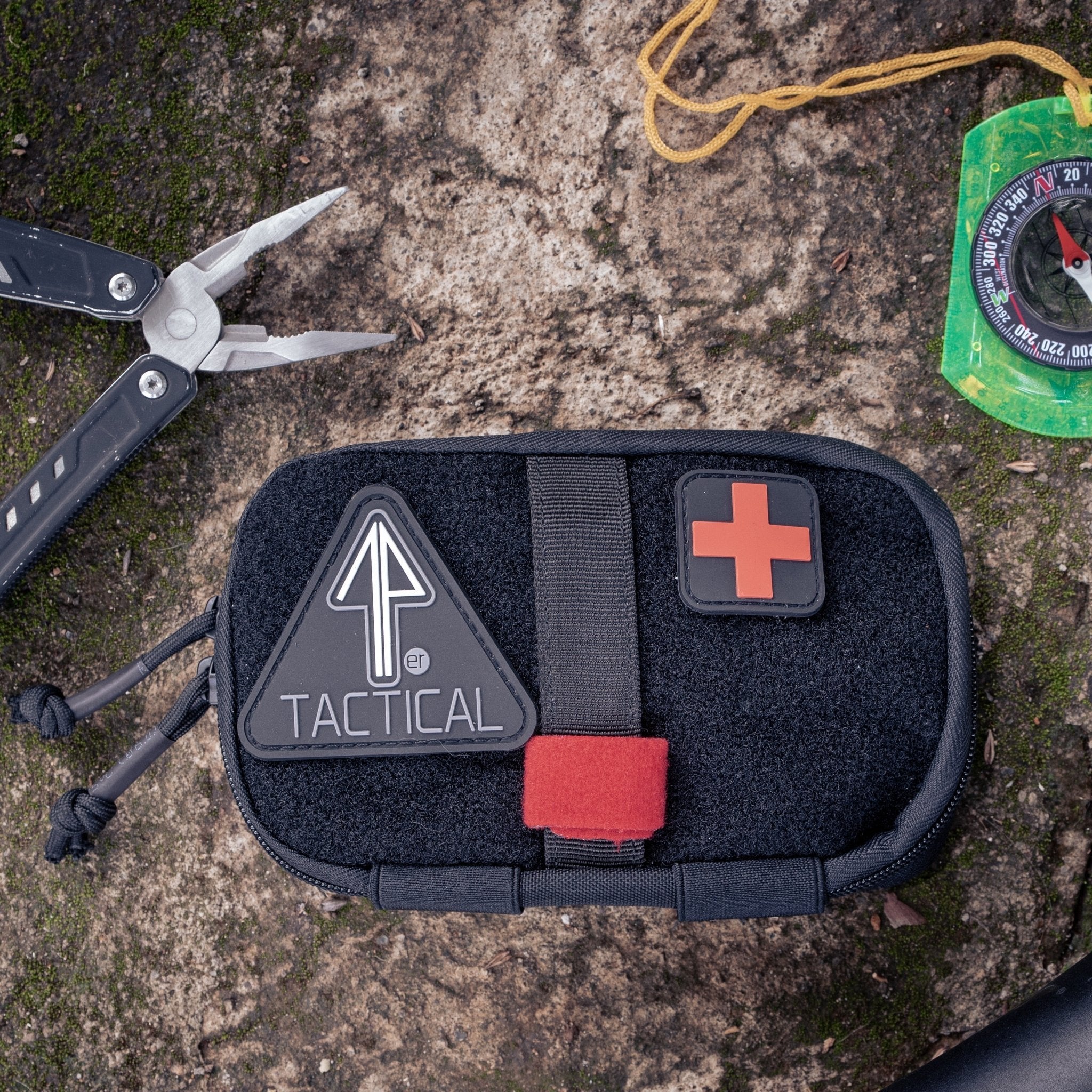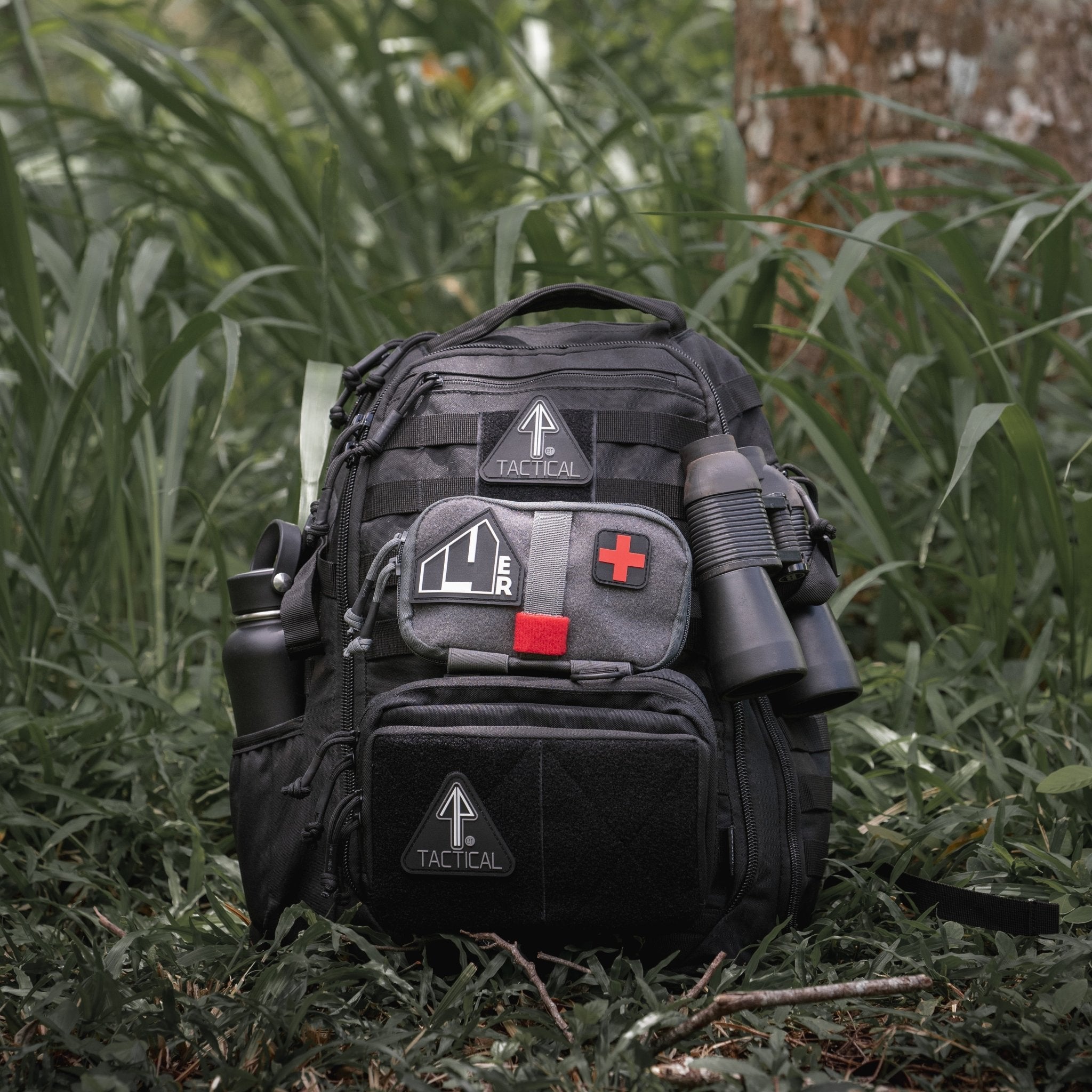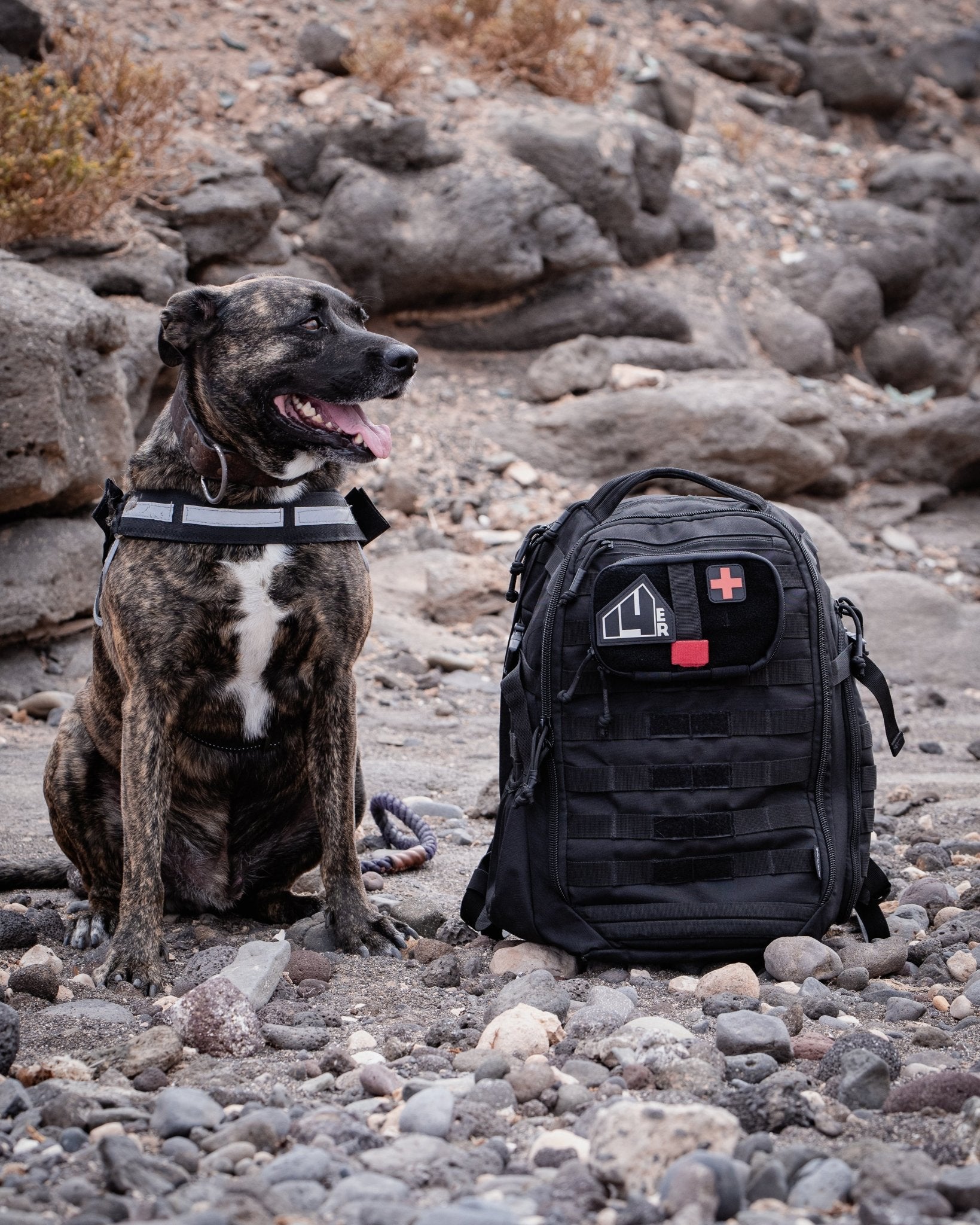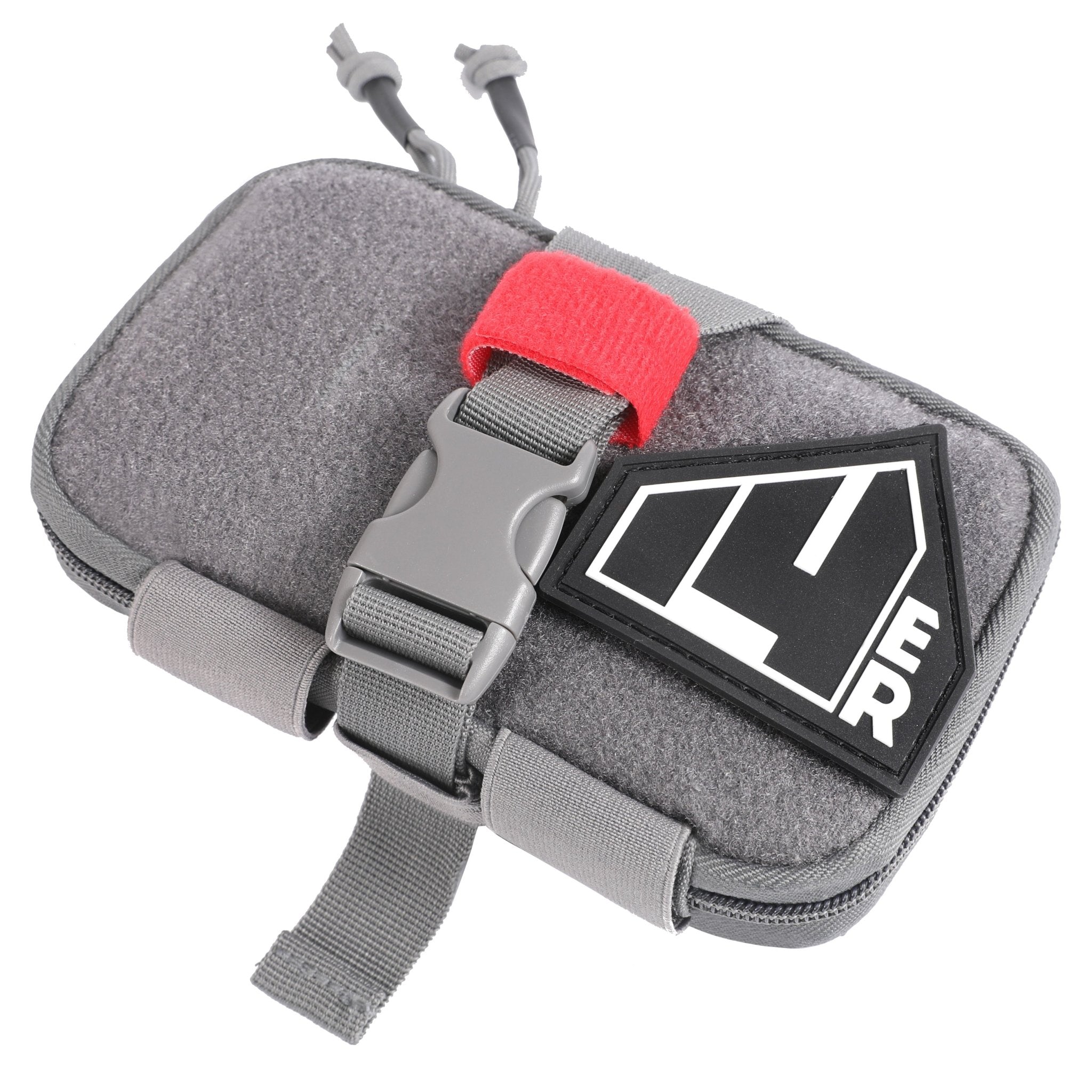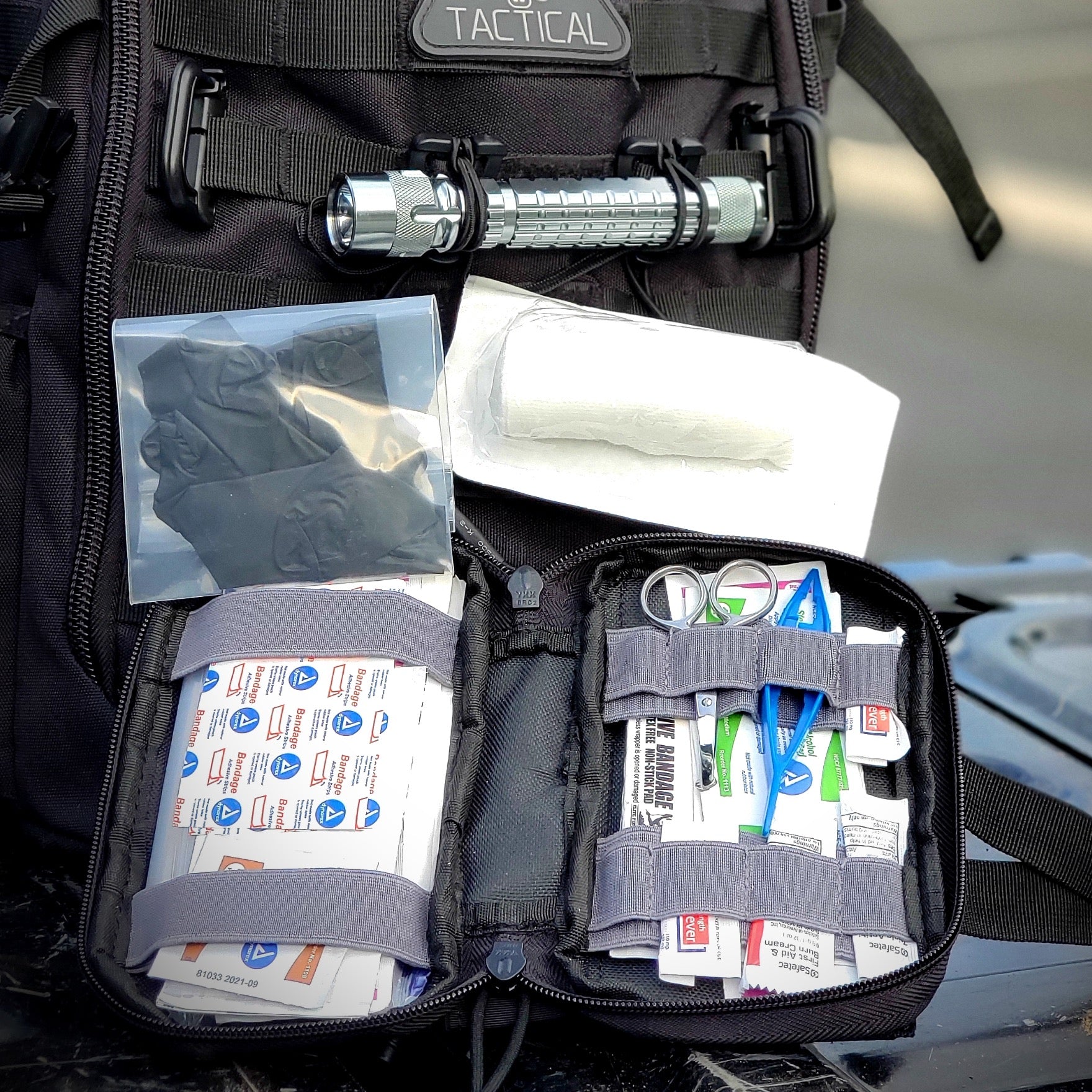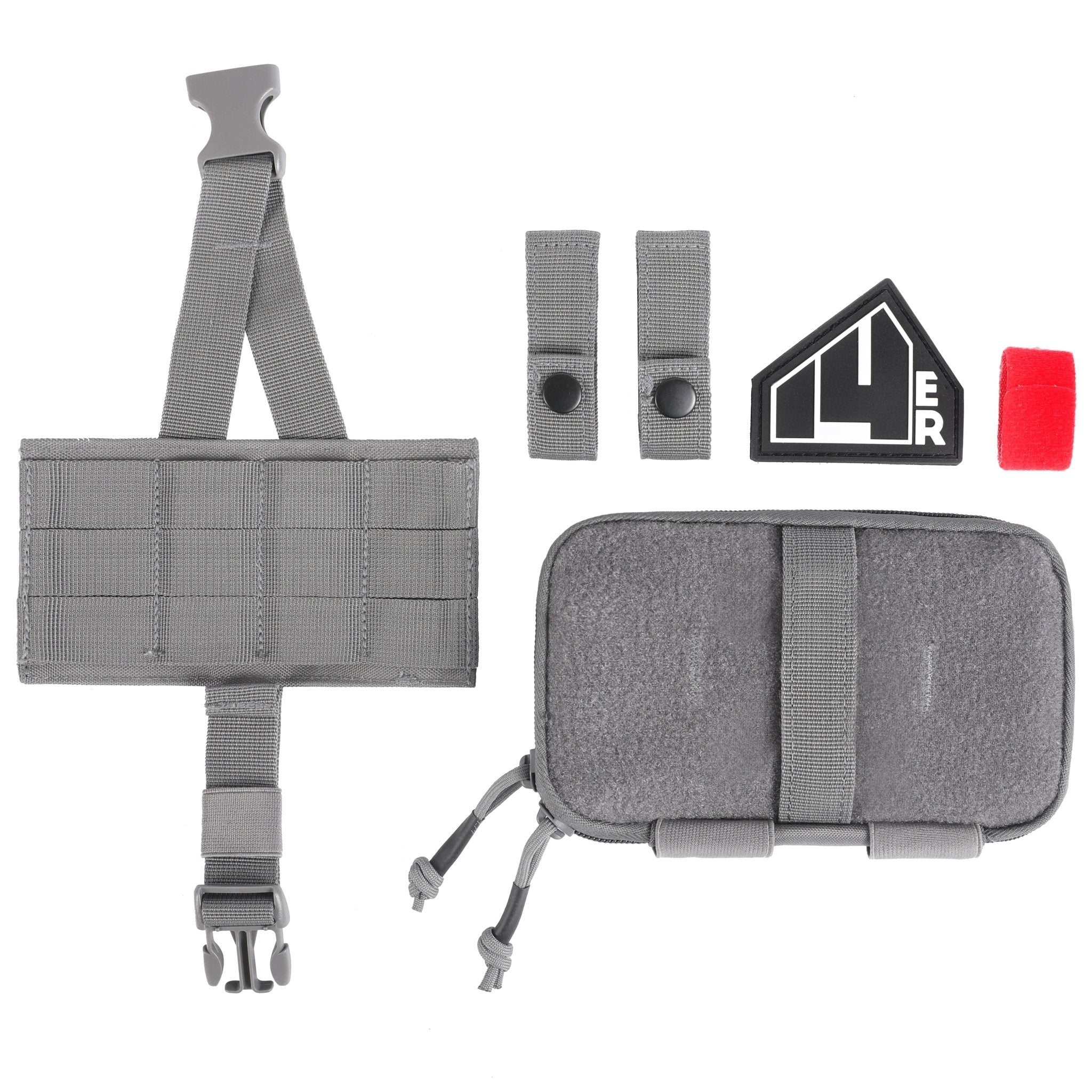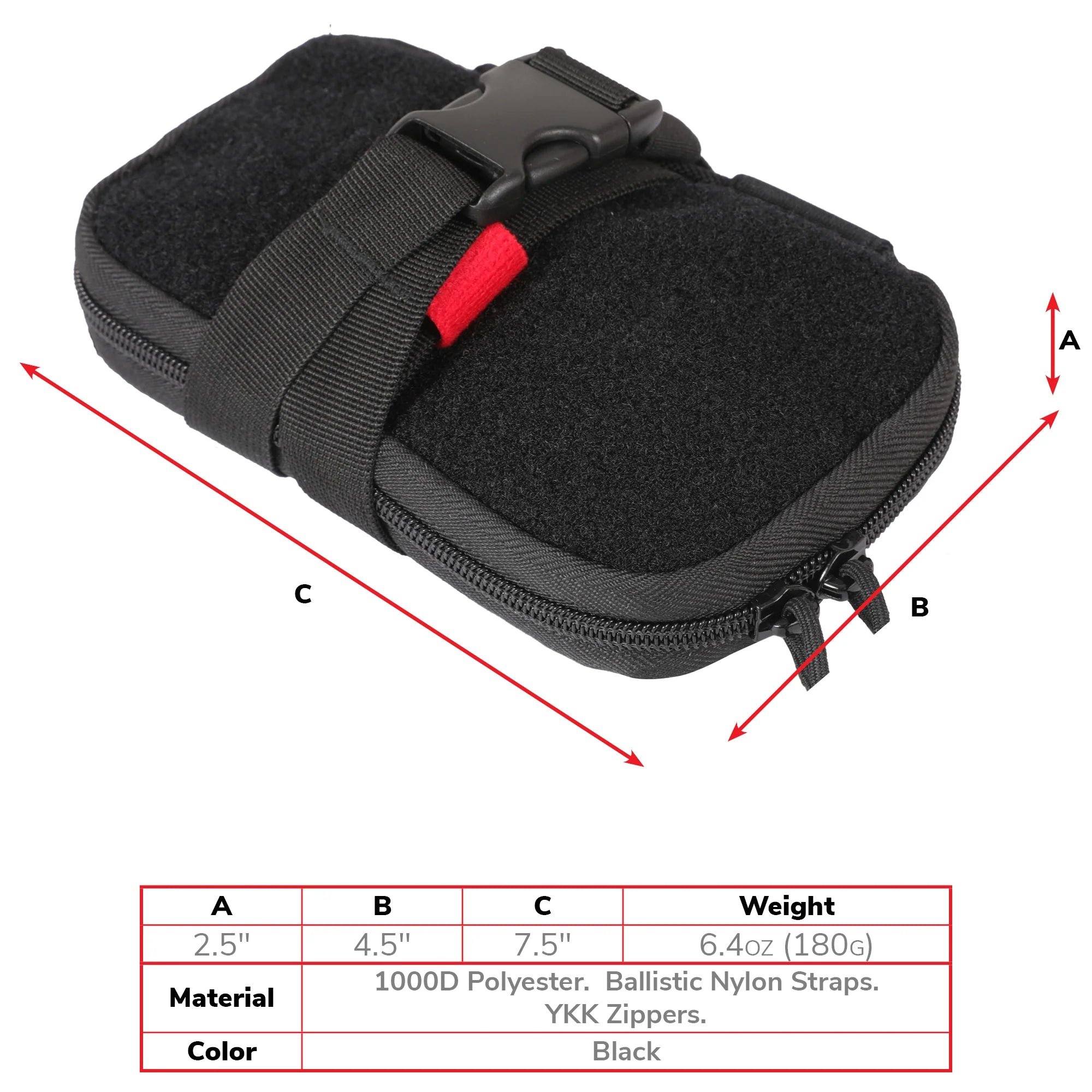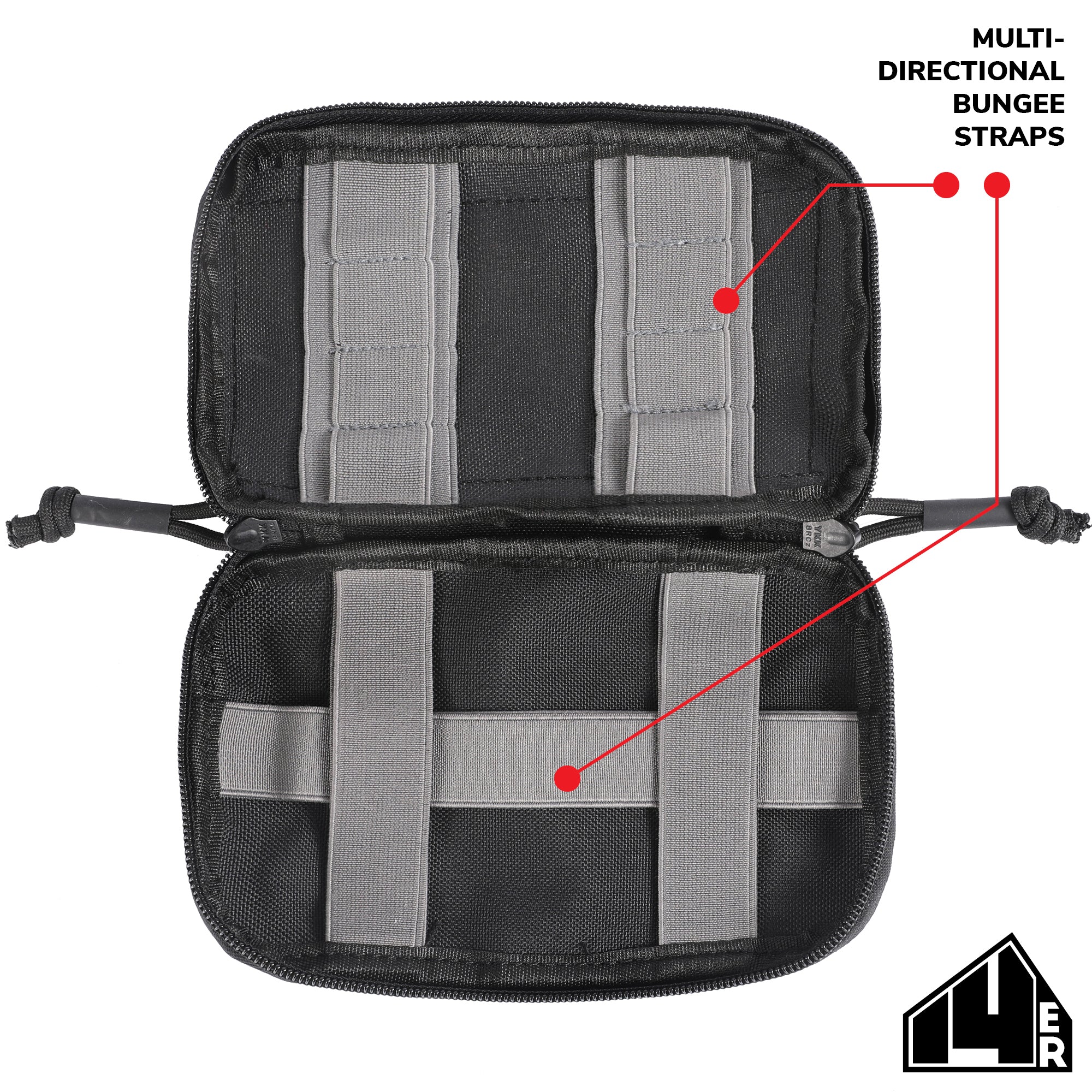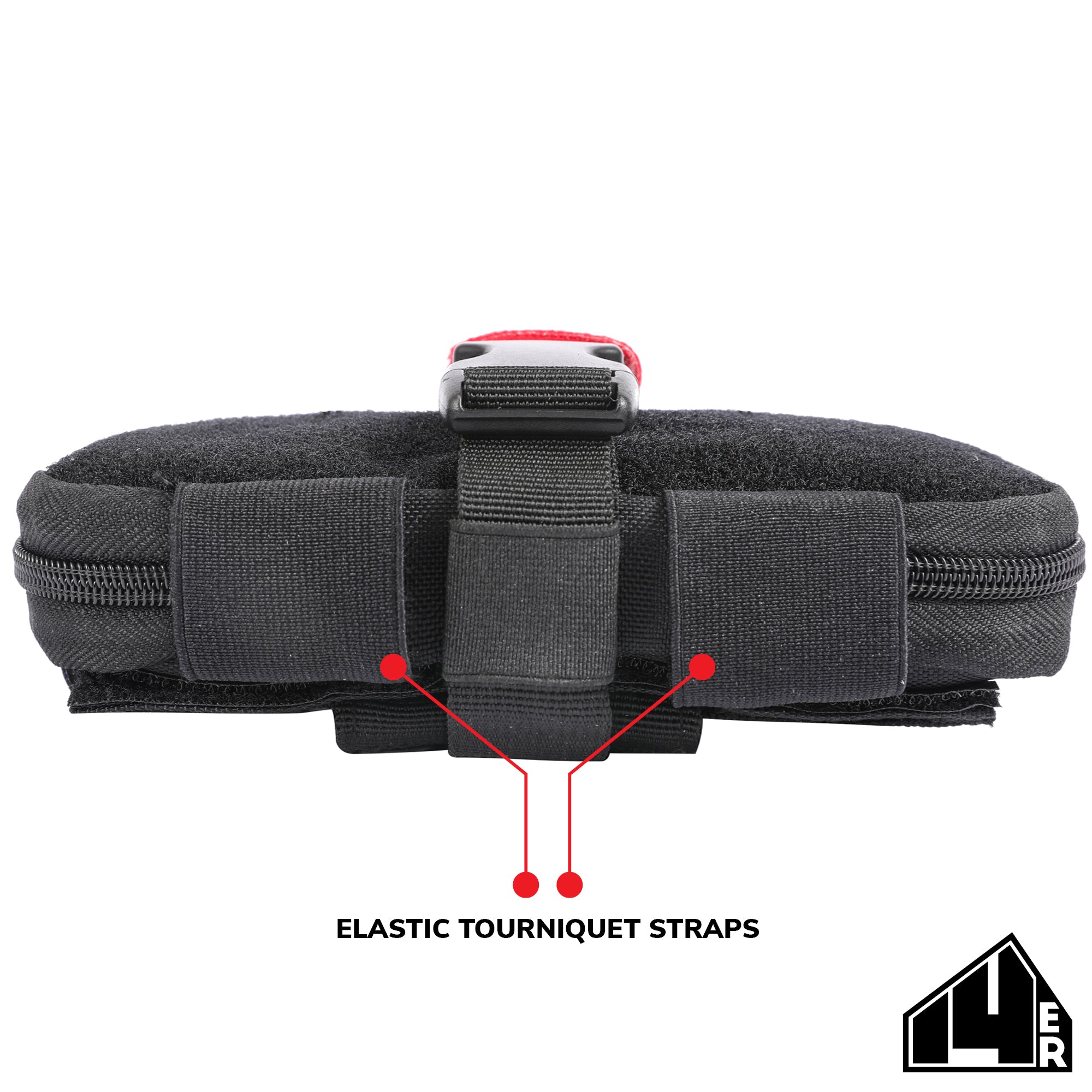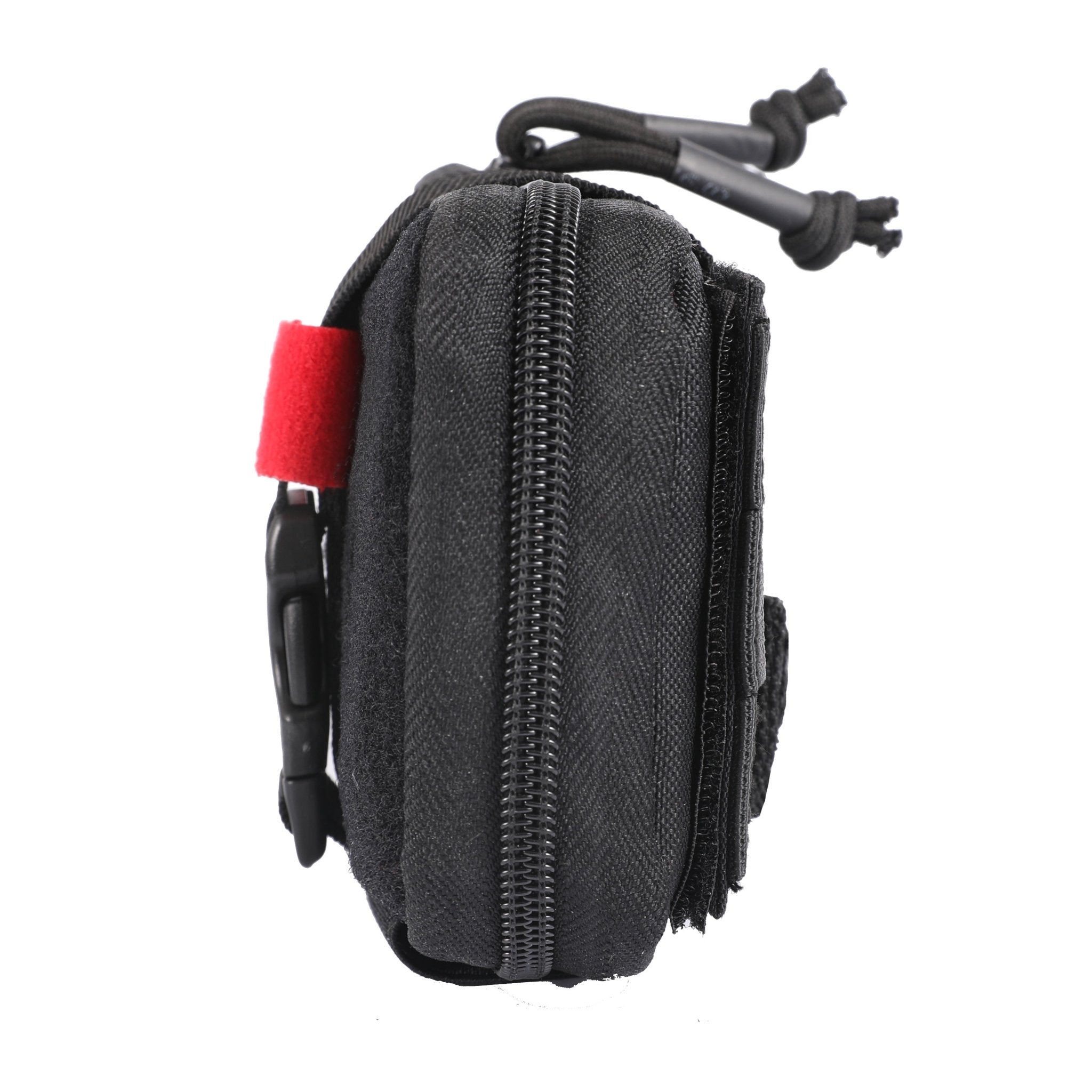
Having a well-organized tactical vest is crucial for enhancing your operational readiness and efficiency in the field. It's not merely about packing gear into pockets; it's about thoughtful placement, easy accessibility, and optimizing your performance under pressure. This guide will cover comprehensive strategies to organize your tactical vest, integrating insights with 14er Tactical’s superior vest options to ensure you are fully prepared for any situation.
1. Understand Your Mission Requirements
Knowing your mission's specific needs is the cornerstone of tactical preparation. Each mission type, from surveillance to direct engagement, demands a tailored approach to the equipment you carry:
- Recon Missions: For missions requiring stealth and endurance, prioritize lightweight gear that doesn’t compromise your agility. Include essentials like a hydration pack, compact high-energy snacks, a minimal first aid kit, a reliable GPS device, and a pair of binoculars.
- Engagement Operations: For active engagement, your vest should facilitate quick access to ammunition—consider fast-draw mag pouches. Include an easily accessible holster, a securely attached knife, and perhaps grenade pouches. Also, ensure you have quick-deploy medical supplies like tourniquets accessible with one hand.
- Support Roles: Roles focused on communication or technical support should prioritize equipment like radio gear, signal boosters, or drone controls, alongside standard supplies. Extra batteries and charging packs are essential, as is ensuring that these heavier items don’t impede mobility.

2. Choose the Right Vest
The selection of the right tactical vest is foundational in setting up your gear efficiently. Consider these critical features from 14er Tactical’s offerings:
- Modularity: A vest with a MOLLE system allows for flexible attachments and configurations, enabling you to adapt your loadout easily for different missions.
- Material: High-quality nylon or other durable materials are crucial for longevity and resilience in harsh conditions. These materials provide resistance against tearing and environmental damage while maintaining lightweight properties.
- Fit: An ergonomic fit is essential, especially for operations requiring extended wear. Adjustable straps and padding ensure the vest remains snug yet comfortable, minimizing potential distractions and allowing full range of motion.

3. Place Your Gear Strategically
Efficient placement of equipment on your tactical vest can significantly impact your performance. Here’s how to optimize it:
- High-Frequency Items: Items you use frequently, like your sidearm, flashlight, or multitool, should be placed for quick, intuitive access. Practice drawing these items to ensure the setup feels natural.
- Emergency Gear: IFAKs (Individual First Aid Kits), extraction tools, and emergency communication devices should be positioned where you can reach them swiftly, ideally without needing to see them or use both hands.
- Comfort and Balance: Evenly distribute weight across the vest to avoid physical strain or imbalance that could impair mobility or increase fatigue. Adjust the positioning based on the weight and size of the items to maintain agility.

4. Practice and Adjust
Configuration alone isn’t enough—regular practice and adjustments are necessary to ensure peak efficiency. Here's what to focus on:
- Efficiency: Regular drills to practice accessing each piece of equipment quickly and without hesitation are crucial.
- Speed: Time your drills to improve the speed with which you can access vital tools, aiming to reduce time gradually as you become more familiar with the placement.
- Comfort: During drills, note any discomfort or difficulty in movement, and adjust straps, redistribute equipment, or reconsider placement based on these observations.
5. Maintenance and Upgrades
Consistent maintenance and consideration of upgrades are vital for keeping your tactical vest in top condition. Check each component regularly for signs of wear or damage, especially before and after each use. 14er Tactical frequently introduces innovative attachments and equipment enhancements that could improve functionality or reduce weight.

6. Tailor Your Setup for Specific Environments
Adapting your gear to different operational environments enhances effectiveness. For urban operations, consider additional tools for breaching or urban survival, while rural operations might benefit from camouflage utilities, additional water supplies, and weather-specific gear.
Organizing your tactical vest efficiently is a dynamic, ongoing process that requires understanding, practice, and adaptation. By aligning your gear with your mission’s demands, choosing the right vest from 14er Tactical, and strategically arranging your equipment, you set yourself up for operational success. Stay updated with our blog for more tips and insights, and explore 14er Tactical’s range to find gear that matches your tactical needs. Equip yourself wisely, and embrace each mission with confidence!


